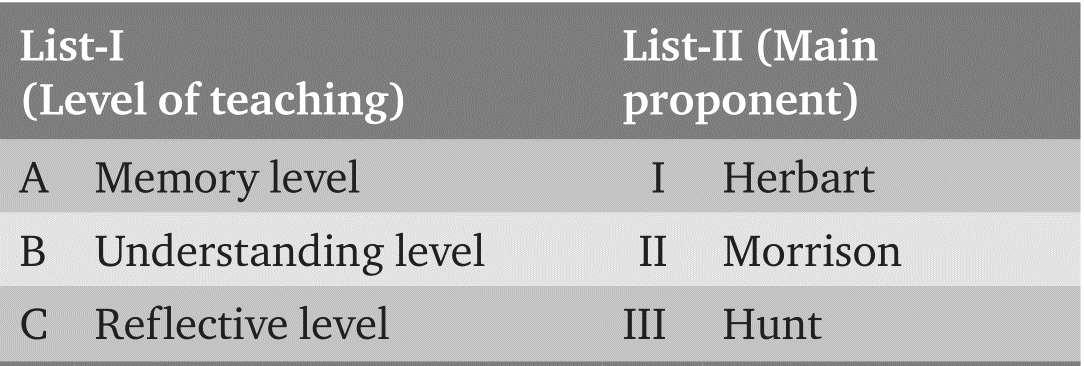- A To give information related to the syllabus.
- B To develop thinking power of students.
- C To dictate notes to students.
- D To prepare students to pass the examination.
Answer:
B
To develop thinking power of students.
 Teaching methods and teaching instructional facilities
Teaching methods and teaching instructional facilities  Situation Management in Classroom
Situation Management in Classroom  Learner
Learner  The Internet and E-mail
The Internet and E-mail  Sources of Pollution, Pollutants, and their Impact on Human life
Sources of Pollution, Pollutants, and their Impact on Human life  Exploitation of Natural and Energy Resources
Exploitation of Natural and Energy Resources  Teaching Aptitude
Teaching Aptitude  People and Environment
People and Environment 

